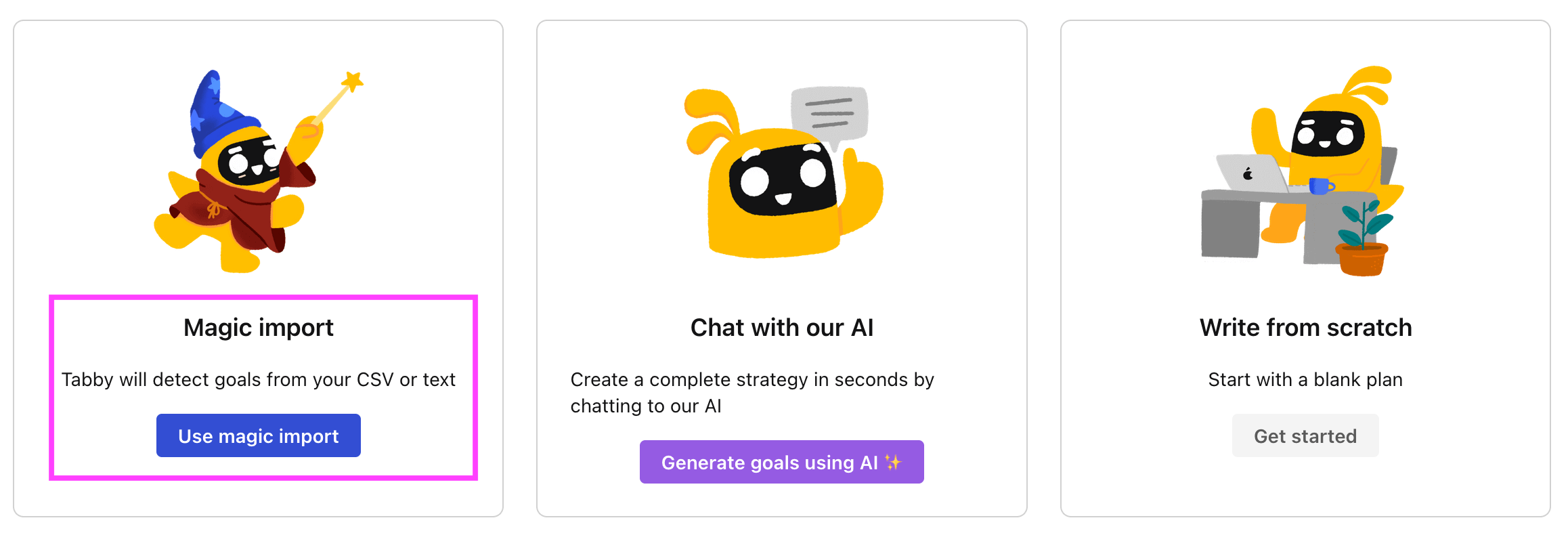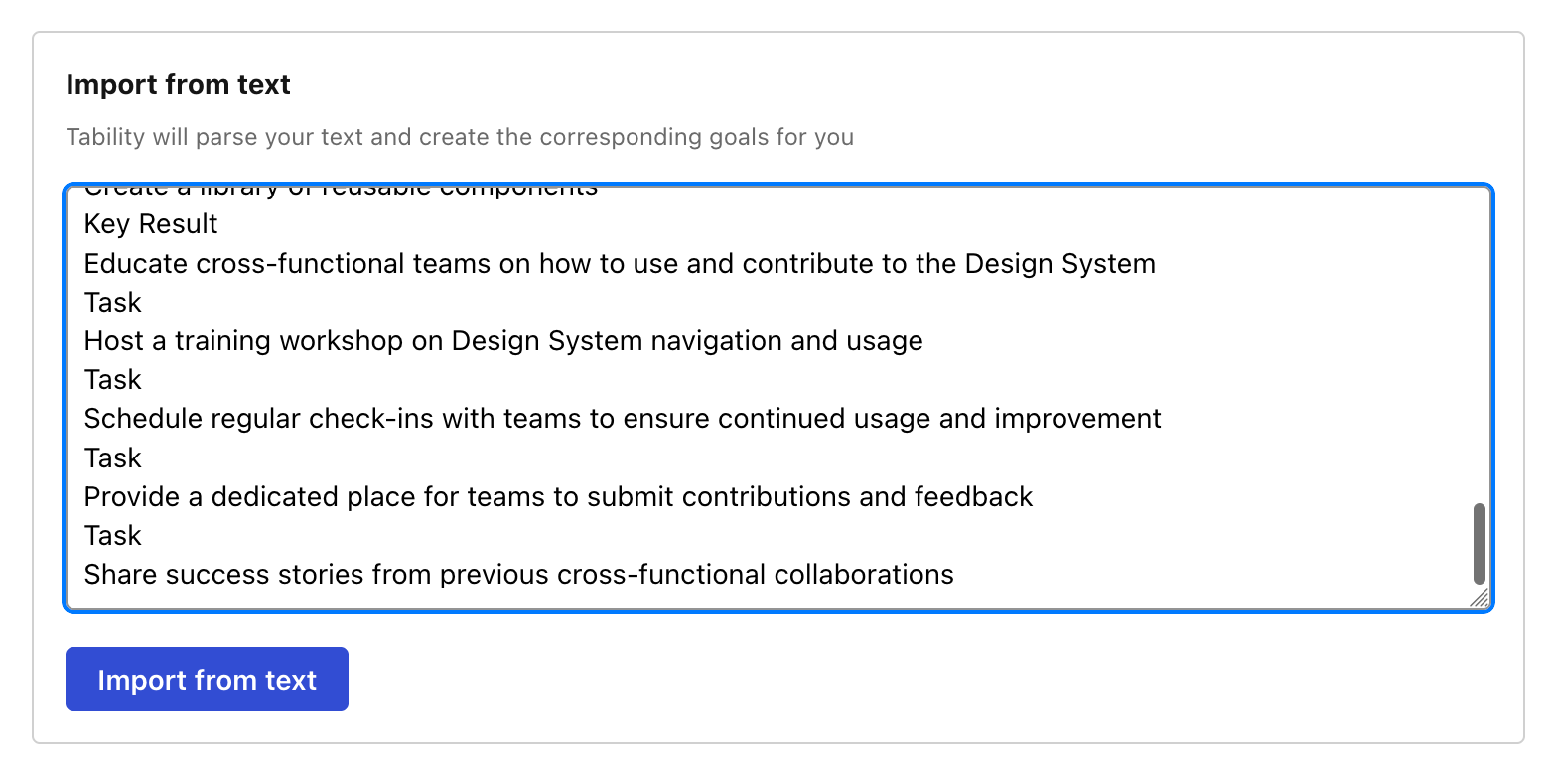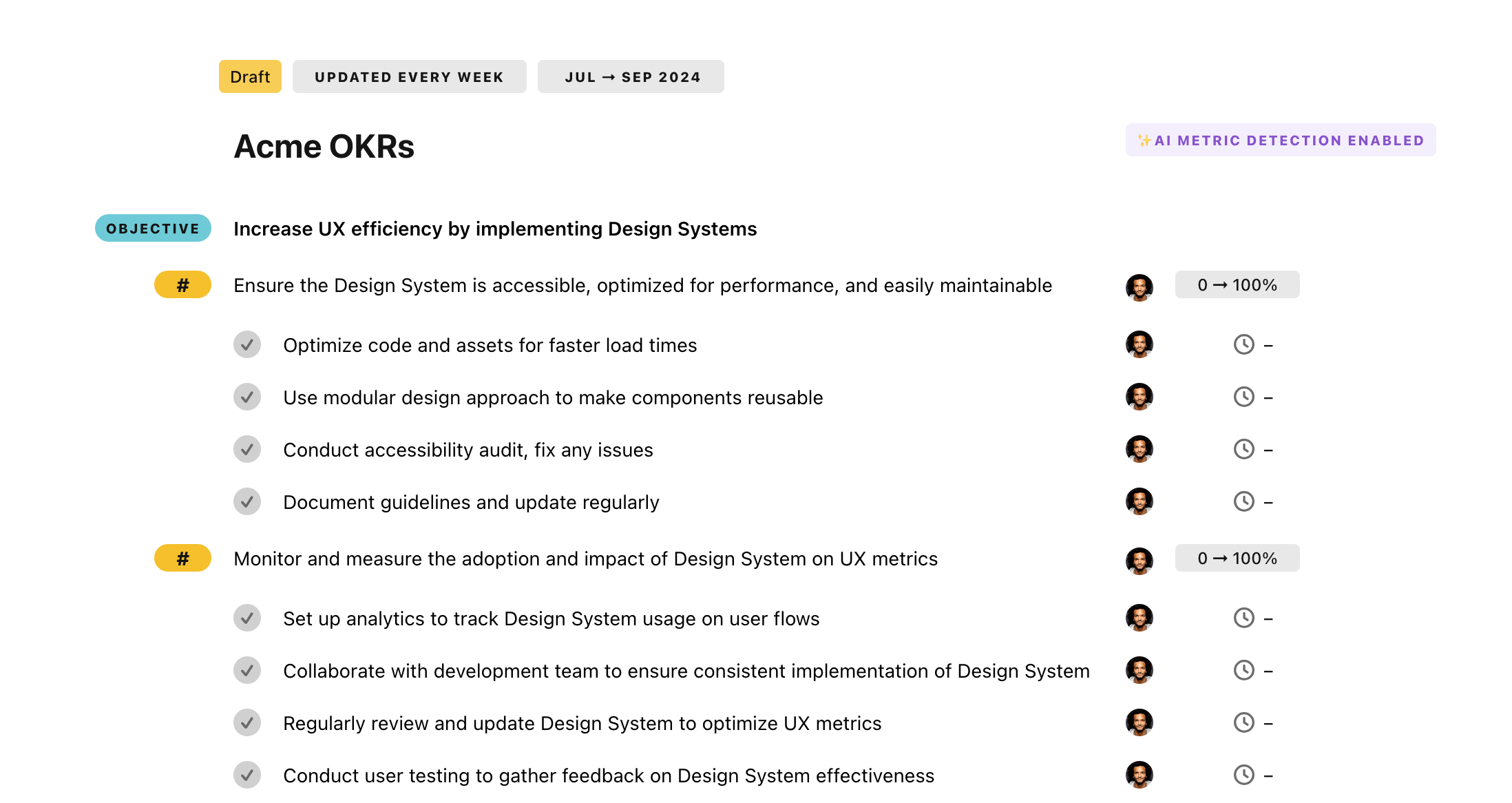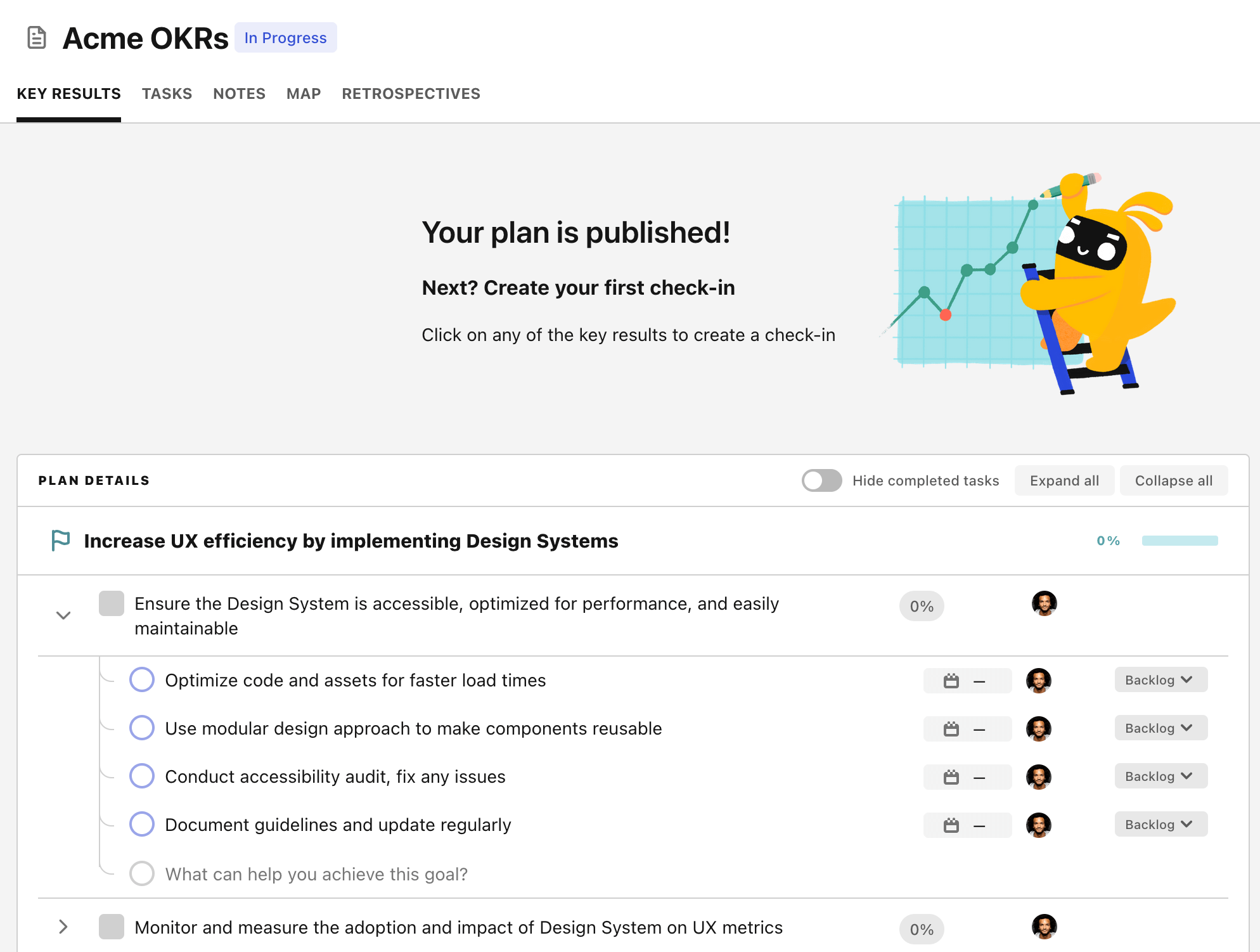OKR template to successfully publish an app
Your OKR template
The next goal is to gain a highly positive user response from the app's beta testing phase. The emphasis is on creating a user-friendly UI/UX design, followed by actively seeking user feedback and conducting extensive pre-testing to confirm the app's functionality.
The listed OKR also targets a successful listing of the app on both Google Play and App Store as an ultimate success measure. This involves rigorous testing of the app for any potential bugs and compatibility issues, ensuring compliance with all submission guidelines set by Google Play and the App Store, and preparing optimized promotional material for the app.
Overall, this OKR outlines the key objectives and initiatives necessary to achieve the successful publication of an app while ensuring its high functionality, positive user feedback, and wide platform accessibility.
ObjectiveSuccessfully publish an app
KRComplete app development by ensuring all functions work without glitches
Run comprehensive functionality tests
Fix identified issues immediately
Review and debug code for possible errors
KRAchieve 95% positive feedback on beta testing of the app
Implement user-friendly UI/UX design
Actively encourage and collect user feedback
Conduct thorough pre-testing to ensure app functionality
KRSecure app's successful listing on both Google Play and App Store
Test app rigorously for bugs and compatibility
Meet all Google Play and App Store submission guidelines
Prepare and optimize app's promotional material
How to edit and track OKRs with Tability
You'll probably want to edit the examples in this post, and Tability is the perfect tool for it.
Tability is an AI-powered platform that helps teams set better goals, monitor execution, and get help to achieve their objectives faster.
With Tability you can:
- Use AI to draft a complete set of OKRs in seconds
- Connect your OKRs and team goals to your project
- Automate reporting with integrations and built-in dashboard
Instead of having to copy the content of the OKR examples in a doc or spreadsheet, you can use Tability’s magic importer to start using any of the examples in this page.
The import process can be done in seconds, allowing you to edit OKRs directly in a platform that knows how to manage and track goals.
Step 1. Sign up for a free Tability account
Go tohttps://tability.app/signup and create your account (it's free!)
Step 2. Create a plan
Follow the steps after your onboarding to create your first plan, you should get to a page that looks like the picture below.

Step 3. Use the magic importer
Click on Use magic import to open up the Magic Import modal.
Now, go back to the OKR examples, and click on Copy on the example that you’d like to use.

Paste the content in the text import section. Don’t worry about the formatting, Tability’s AI will be able to parse it!

Now, just click on Import from text and let the magic happen.

Once your example is in the plan editor, you will be able to:
- Edit the objectives, key results, and tasks
- Click on the target 0 → 100% to set better target
- Use the tips and the AI to refine your goals
Step 4. Publish your plan
Once you’re done editing, you can publish your plan to switch to the goal-tracking mode.

From there you will have access to all the features that will help you and your team save hours with OKR reporting.
- 10+ built-in dashboards to visualise progress on your goals
- Weekly reminders, data connectors, and smart notifications
- 9 views to map OKRs to strategic projects
- Strategy map to align teams at scale